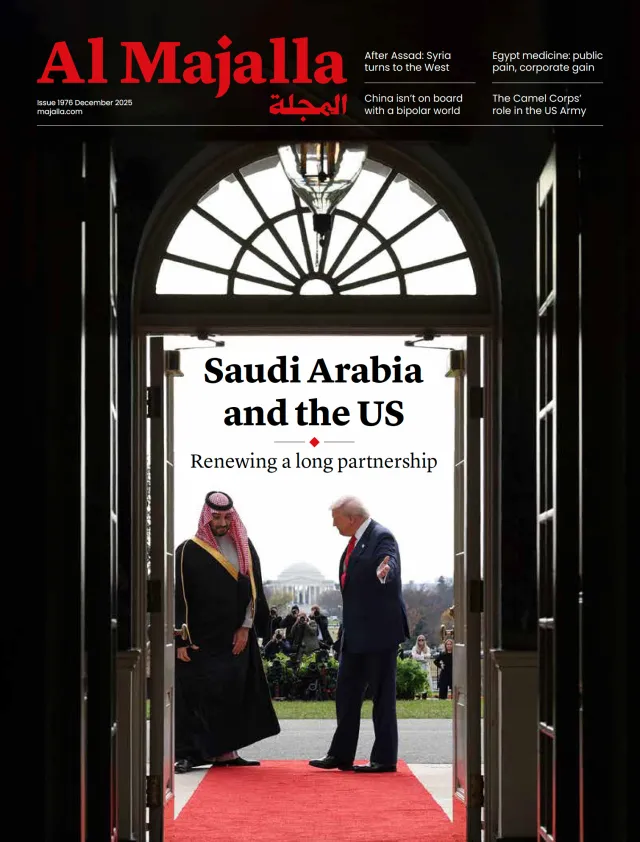It was interesting to hear that Iranian leaders have begun to take a leaf out of other nations’ book by conjuring national heroes of the past in order to rally the people through a period of pressure and attack. News agency reports indicate that streets across Tehran are now adorned with banners and portraits of ancient Iranian kings, which appears to be part of a broader effort to resurrect a mythic golden age, in hopes of inspiring resilience.
Among the most prominent images are those of the Sasanian king Shapur, captioned: ‘Soldier of Iran.’ This is displayed alongside the famed stone relief depicting the surrender of Roman Emperor Valerian after Rome’s defeat at the Battle of Edessa in 260 AD (present-day Urfa, historically known as al-Ruhā during the Islamic era).
These evocations of imperial triumph sit alongside huge portraits of Supreme Leader Ali Khamenei and senior Iranian officials killed in Israeli airstrikes in June, visually fusing the glories of antiquity with the martyrs of the present. Of note, too, was Khamenei’s request during Ashura commemorations that a reciter of the Husaynī narrative perform the anthem ‘O Iran’—fusing religious devotion with nationalist symbolism.
Well-trodden path
Dusting off a glorious past to rally a nation at war is hardly new. Soviet leader Joseph Stalin famously invoked slogans like ‘Holy Russia’ and ‘Heed the call of the motherland,’ urging the Orthodox Church to mobilise the faithful—or what remained of them after the purges—to defend the Soviet Union during the bleakest days of the Nazi invasion (despite the state’s officially atheist doctrine and the immense ethnic, religious, and linguistic diversity that extended far beyond the Russian Orthodox core).
Post-communist Russia, led most prominently by Vladimir Putin, has likewise turned to its Tsarist past for ideological anchoring. Figures from that imperial era—most notably Peter the Great, who led Russia into modern Europe—now enjoy renewed admiration. Even Ivan the Terrible, long reviled for his cruelty, has been rehabilitated as a figure whose harsh methods were excused by his obsession with consolidating state power.




